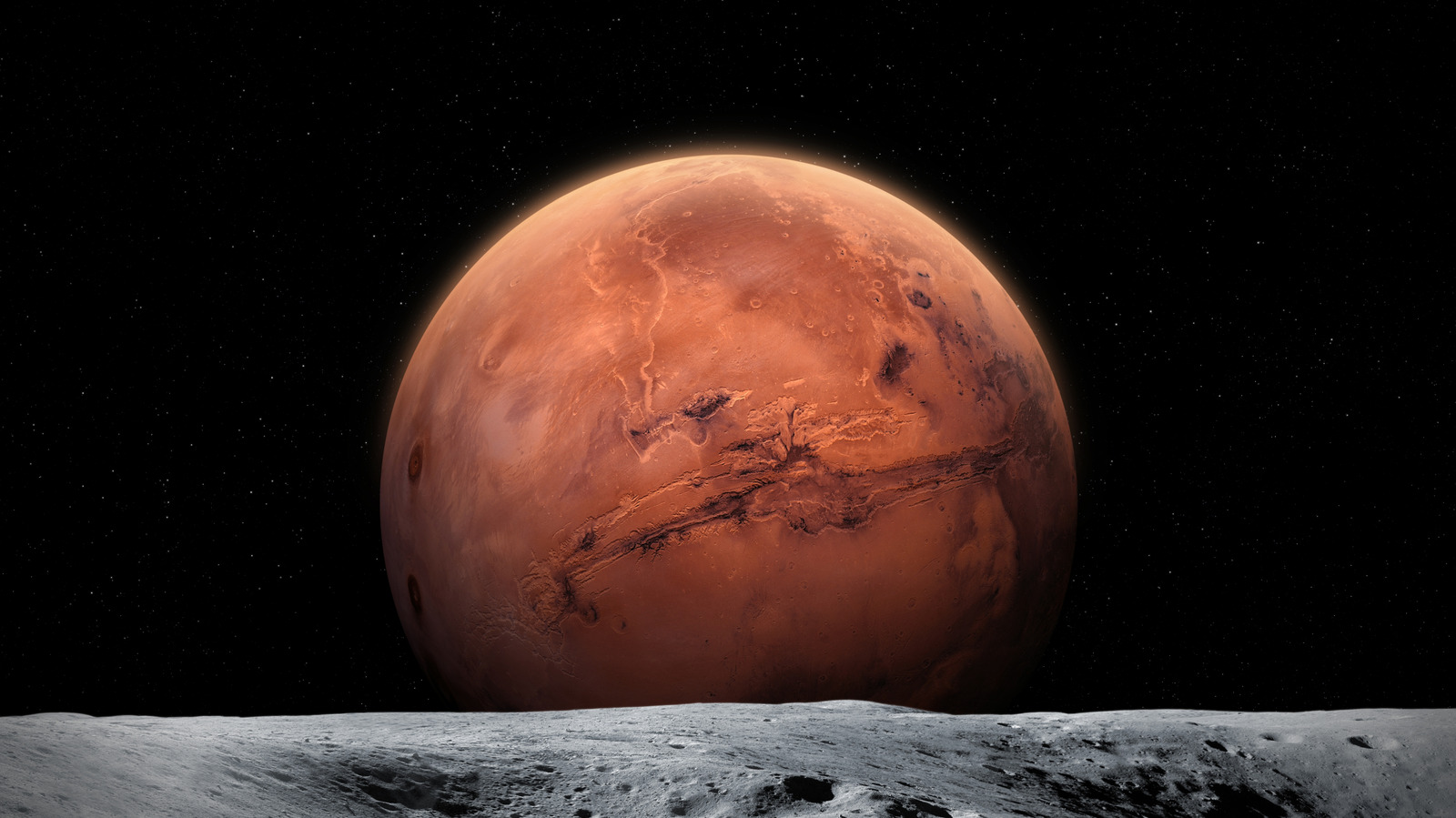A NOTORIOUS 1,000 degree desert crater dubbed the “Gateway to Hell” is finally closing as the fiery inferno has died down to mere “faint flames”.
The infamous pit’s blaze has been raging on for 50 years without dying down – but boffins have now said the nightmare hole is closing.
9

9

9

9
Formed in 1971 in Turkmenistan, the Darvaza crater is said to have come from curious Soviet scientists who drilled a hole into the ground and hit a gas pocket.
The bumbling researchers then decided to set it alight, giving birth to the nightmare formation.
Located in the Karakum desert, the 230ft-wide sinkhole has become one of the former Soviet nation’s most popular tourist attractions.
About 65ft deep, the formation is known officially as the “Shining of Karakum”.
Researchers said the flames started to die down because all the flammable gas in the crater was nearly used up.
Officials said that fires are now three times smaller than their original intimidating size.
Previously visible from a distance, the fires are now only seen in the crater’s “immediate vicinity”.
Director at state-owned energy company Turkmengaz Irina Luryeva said: “Before a huge glow from the blaze was visible from several kilometres away, hence the name ‘Gateway to Hell’.
“Today only a faint source of combustion remains.”
The exact origin of the pit was covered up by Soviet officials who left behind no official record of the ordeal.
But the most commonly accepted theory is that scientists drilled into natural gas and then set it alight.
It is speculated that they ignited the crater to prevent toxic gases from escaping into the air.
Rather than petering out within a few days like the geologists predicted, it instead went on to rage for another five decades.
The crater emitted a continuous stream of fire, with bright orange and red hues, which became especially dramatic at night.
The heat from the flames were said to be intense, and the sight of the monstrous flame pit in the middle of the desert was otherworldly, contributing to its ominous nickname.
Animals reportedly fell into the hole on occasion and met a grisly end.

9

9
The hole’s death comes after the Turkmenistan government repeatedly raised the prospect of possibly sealing the blazing furnace, according to CNN.
In August last year, Dylan Lupine, one of the pioneers of tourism to Turkmenistan with his UK-based company Lupine Travel, said: “I would say it’s only burning at around 40% of the level I first witnessed there in 2009.”
Nobody had ever dreamt of venturing into the blazing crater, until George Kourounis’ expedition in 2013.
The fearless explorer was the first person to descend into the “Gates of Hell”, and discovered something which could help prove the existence of aliens.
Jaw-dropping images showed George rappelling down into the 1,1000 degree inferno.
What caused the Darvaza crater inferno?

by Harvey Geh
The Darvaza crater was caused by a Soviet gas drilling accident in 1971.
Geologists hit a gas pocket when drilling into the ground, and then lit the leaking gas, thinking it would burn out in weeks.
Instead, the crater has burned non-stop for over 50 years, earning the nickname the “Gates of Hell.”
Flames shoot up high with intense heat and a roaring sound day and night.
It is located deep in Turkmenistan’s Karakum desert.
Tourists camp nearby to witness the eerie glow and take jaw-dropping photos.
It is now reportedly petering out – but continues to burn as the gates slowly close.
The Canadian could be seen dangling above molten rocks spewing hot gases while he descends into the blazing furnace dressed in a protective silver suit.
The intention of his trip to hell and back was to gather more information about extreme environments.
George said: “The most important part of the mission and the whole thrust behind this entire expedition was to take some samples of the soil at the bottom—sand, basically—and see if there is any extremophile bacteria living at the bottom that could give us clues to basically life in these extreme environments.”
He added: “There are planets that have been discovered outside of our solar system that have a very hot, methane-rich environment kind of similar to what is in the crater.
“So, in essence, we were looking for alien life right here on Earth.”

9

9

9










